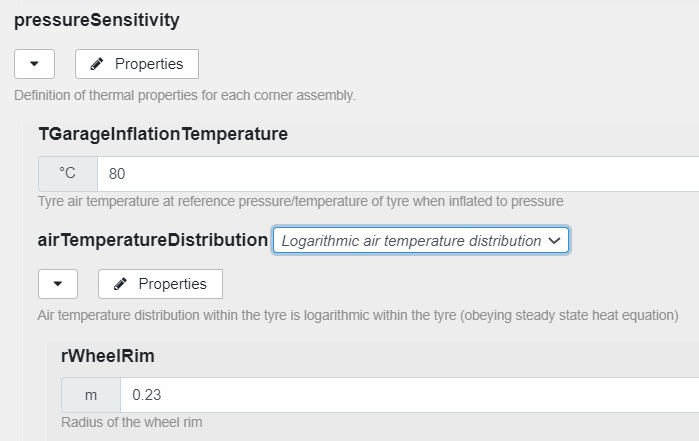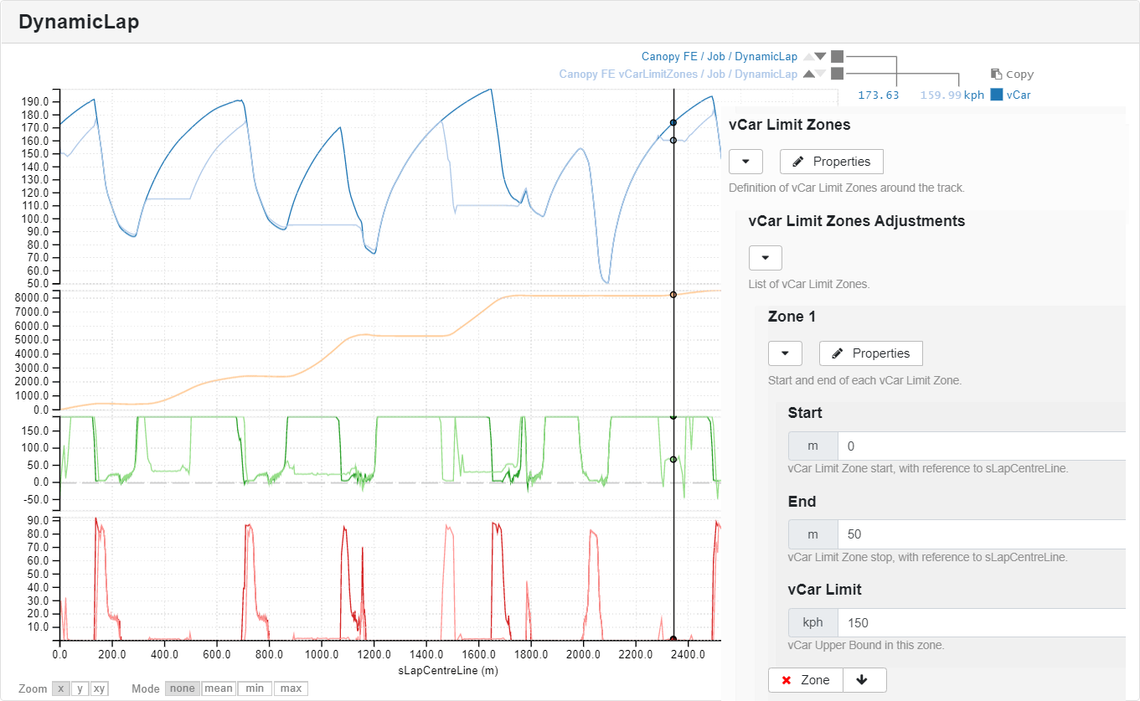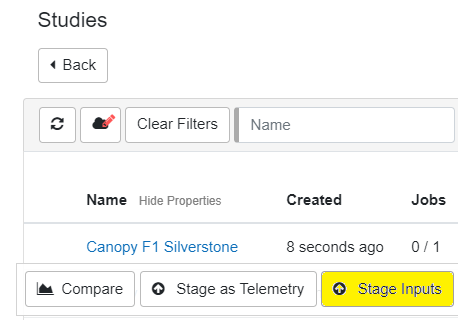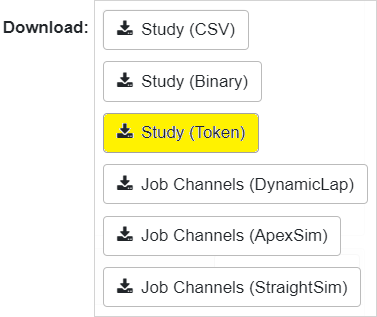Canopy Newsletter 14 - February 2022
FEBRUARY 1, 2022
Here is an update on some of the latest developments at Canopy:
Welcome to Alex McCormick and Jon Mullen
Alex previously worked for Mercedes-AMG F1 team as a performance and simulation engineer for three years and was involved in five successful F1 world championship campaigns before joining Canopy. He is currently working on an upcoming feature; Dynamic Inference, which is to Dynamic Lap as Channel Inference is to Quasi-Static Lap. Channel Inference takes in track data, replays this through a quasi-static vehicle model to back calculate vehicle channels. Dynamic Inference will do this using a fully dynamic vehicle model, and furthermore can be used to predict model parameters where there is a degree of uncertainty regarding their measurement. We can’t wait for it to go live!
Jon has a background in systems and controls, working at Ford Motor Company as a controls engineer, and co-founding automated driving simulation start-up RightHook. His mission is to build software that is a joy to use. Stay tuned for some exciting developments from him in the future!
Config Encryption & Whitelisting Output Channels
Config encryption allows you to encrypt sections of your configs to allow you to share components with other Canopy tenants, without revealing sensitive information. We now support encryption at any point in a config’s hierarchy, rather than only the pre-defined areas we supported previously.
This is a feature that can be enabled on your account by request. Once enabled, a padlock icon will appear against parameters and config sections when hovering with the mouse. Clicking the padlock will encrypt the component, and you will see the component replaced with encrypted data in your config. Clicking the padlock again will decrypt the component.
Each output channel and scalar result of a simulation is associated with an area of a config. If that area contains encrypted components then those associated channels will not be output from the simulation. This ensures that potentially sensitive data is secure by default when encrypted components are in use.
If you are creating encrypted components and are happy for certain hidden output channels to be shown, you can whitelist them.

Notes & Custom Properties Everywhere
It’s not always easy to remember where a particular parameter in your car config came from, or perhaps your team use different nomenclature when talking about component values. Notes and Custom Properties (previously only at the top level) have been extended so you can add helpful labels to your components which get saved with the config.
The ability to have custom properties everywhere is still in preview and can be enabled on request.

Tyre Analysis and Thermal Options
There have been a number of improvements to help with tyre modelling:
Tyre slips are estimated in Channel Inference by feeding the tyre forces and camber angle output into an optimiser wrapped around the tyre model to back calculate slips. The slip value may be lower than actual because the race driver may go over the peak of the tyres whereas Channel Inference will pick the low slip solution under peak µ.
Instantaneous tyre power limits, ‘PTyreWearLimit’, can now be specified per axle or per corner, for combined, Lat or Long slip to allow more detailed tyre saving analysis in Dynamic Lap. This is in addition to the tyre energy targets ‘ETyreWear’.
In the DiL, tyre limits can be specified to prevent inputs that are outside of the well defined region of the tyre model.
Tyre thermal has the following enhancements:
The thickness of through-thickness elements can be specified.
Floating tyre pressure can be enabled responding to tyre temperature and affecting loaded radius and tyre grip.
A blend of surface and internal temperature can now be used in the grip & stiffness model (previously based on TSurface).

vCar Limit Zones
In order to approximate pitlane losses, or simulate unconventional running, vCar limits can be set in the track config.

Dynamic Multi-Lap Gen 3 FE Options
Attack mode: the track now supports an enforced deviation from the racing line to trigger a user configurable attack mode on a given lap.
Fast charging: a fast charging zone on a given lap, and a given section of the track can be defined.

Min and Max Gears
Previously it was possible to specify minimum gears at particular points around the lap, which was useful for preventing unnecessary downshifts in places where the car is traction limited.
Now the maximum gear can be specified as a function of sLapCentreLine, which might help for correlation work.

Stage Inputs
There is now a handy shortcut to stage all of the inputs from a study. The stage all button can be found by hovering over to the burger icon in the list of Studies.

Download Tokens & Command Line Interface (CLI)
Download Tokens are a faster and more reliable method of downloading studies from the Canopy Platform using the CLI.
The Problem
Browsers are not great at downloading large numbers of individual files. When downloading a study, this forces us to package all the files up into a single zip file, and send that to the browser instead. The user then has to unzip the file at the other end before they can look at the data.
Currently we do this dynamically, generating the zip file on the fly and streaming it to the browser. This allows the download to start instantly, but has the issue that if anything goes wrong between your computer and our servers at any point during the download then it will be aborted and the zip file ends up truncated and invalid.
The longer the download lasts, the more likely this is to happen.
The Solution
We can now bypass the browser entirely by creating a client that will download all the individual files directly from cloud storage to your computer. This is faster, as we can download files in parallel, more reliable, as we can retry individual files, and it saves the user from having to unzip the files when the download is complete.

Did you know…
Secondary bump and tri bump stops can be defined in the internal suspension, sharing the same pickup points as primary.
Vector User maths now supports max() min() step() and mean(), making it easier to derive your own channels.
Sub-Limit Sim has the option ‘bUserSteerInput’ which enables you to toggle between [vCar, gLat, gLong] input and [vCar, aSteer (radians), gLong]. This might be useful if you want to look at understeer behaviour past the front tyre peak.
BBW compatibility has been improved for ICE cars and those without friction brakes. BBW can now have a vCar dependency.